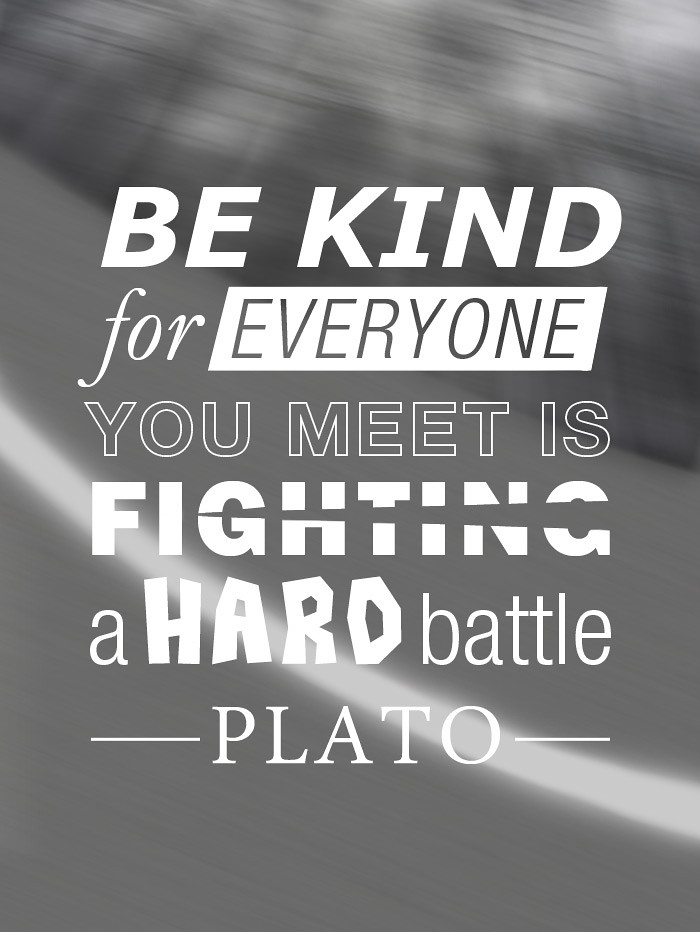When it came time to plan the next steps for sharing the characteristics of an #InnovatorsMindset, we could have chosen to follow the sequential list of characteristics, but I felt we needed to change things up a bit. In our previous sessions we had focused on discussion of the mindset while modeling technology tools for collaboration and educator focused. I wanted to shift the conversation to changing the mindset of how learners could express their learning more creatively. It's not just about using a Google Doc or Slideshow to share knowledge or ideas. There is a time and
What seems to be the most obvious is sometimes the hardest things to do! I spent a lot of time looking at options for app smashing. I found it very overwhelming trying to narrow down exactly what I wanted to share with educators in a model for app smashing. Keeping it simple and clean, both in my presentation and in the app usage, was a priority. I selected apps both "familiar" and "new to you." I also have found a new love relationship with Google Drawings! I simply had to Google Drawings as my canvas! After much deliberation, the app smashing menu choices were ready.
I wanted to demonstrate the options of exporting a simple project to Photos in order to import to add multiple layers and functionality to a project. Some of the different apps our group looked at have similar actions; and, we discussed being open to letting learners select the app they are most comfortable using. We also discussed giving our learners the power to take ownership of knowing more about an app than the educator in the room. We can all learn together!
From my awesome Coppell Digital Coaching Team, I had a wonderful resource to aid those who found an app that they wanted to know more about that included QR codes to video directions on how an app works and sample projects using the app. Also, I was able to contribute to the resource a few more apps. I am very appreciative to my team of the valuable resources already in place and want to contribute as much as I can to these existing gold mines!
One app the educators were very interested in learning more about is
It works exactly like a post card! One feature I particularly like is that you can import your own picture. Depending on the font size a lot of content can be covered in what turns out to be not so small of an area! Between the imported image and the content, this app lends itself to any content area. In the weeks since this PLC, this app has some up in conversation a number of times. It is great to see educators embracing tools that fit their curriculum!
Our district is very fortunate to have Explain Everything purchased for every educator and all secondary learners. This was the perfect opportunity to explore some of the underutilized features of this fabulous app and see how other apps could be layered into Explain Everything.




